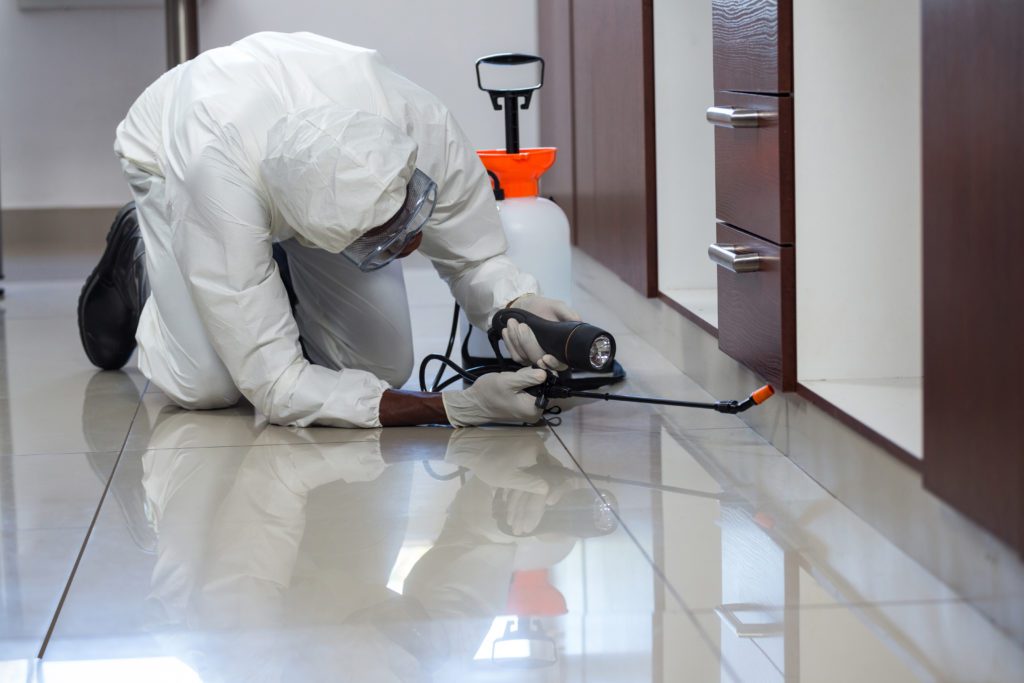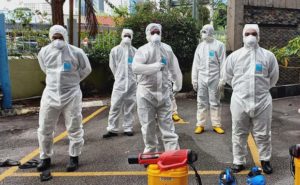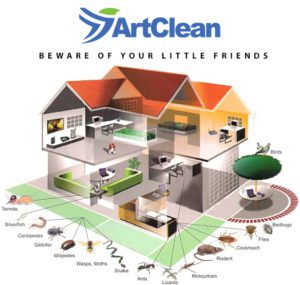Mold and Spores Can Affect your Fall Allergy

Mold and spore can cause serious health problems like respiratory infections, allergies, sinusitis, fatigue, headaches, asthma, and cancer. Mold spores are microscopic and can grow in places where there is no air circulation such as the under your carpet or behind your wall. People who suffer from mold allergies can experience breathing problems when mold spores are present in the house. Those who have asthma can also become severely ill when exposed to mold spores. If you suspect mold growth in your home, you should contact a mold remediation company immediately.
Mold and Spore

Mold and spores can also affect your fall allergy sufferers. Mold and spores can release toxins that can trigger an allergic reaction in those with fall allergy conditions such as hay fever and pollen allergies. Fall allergy symptoms include runny nose, sneezing, itchy and watery eyes, coughing and wheezing. If you have been diagnosed with a fall allergy and you believe mold may be the cause, you should contact a mold remediation company at once.
Mold and spores growth is not a common occurrence in most homes, however mold and spores can grow anywhere there is moisture. Most mold growth occurs within bathrooms and kitchens since these are the areas where homeowners most often replace old bathroom tiles, toilets, and sinks to provide a fresher clean environment. If you believe mold is growing in your home, you should contact a mold remediation company before it spreads and contaminates other parts of your home. A mold remediation team can provide mold removal services to clean your home, remove mold and spores, and prevent future mold growth.
How common is mold in buildings?
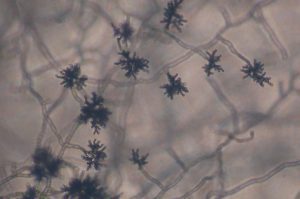
Molds are very common in buildings and homes. Mold will grow in places with a lot of moisture, such as around leaks in roofs, windows, or pipes, or where there has been flooding. Mold grows well on paper products, cardboard, ceiling tiles, and wood products. Mold can also grow in dust, paints, wallpaper, insulation, drywall, carpet, fabric, and upholstery. The most common indoor molds are Cladosporium, Penicillium, and Aspergillus.

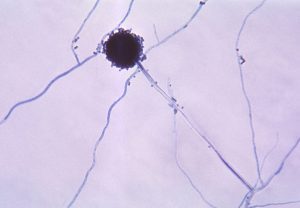
How do molds get in the indoor environment and how do they grow?
Mold is found both indoors and outdoors. Mold can enter your home through open doorways, windows, vents, and air conditioning systems. Mold in the air outside can also attach itself to clothing, shoes, and pets can and be carried indoors. When mold and spores drop on places where there is excessive moisture, such as where leakage may have occurred in roofs, pipes, walls, ceiling, or where there has been flooding, they will grow.
Many building materials provide suitable nutrients that encourage mold to grow. Wet cellulose materials, including paper and paper products, cardboard, ceiling tiles, wood, and wood products, are particularly conducive for the growth of some molds. Other materials such as dust, paints, wallpaper, insulation materials, drywall, carpet, fabric, and upholstery, commonly support mold growth.
Credit: https://www.cdc.gov/
Having problem with mold and spores? Reach us now to learn more about mold and spore remediation.



